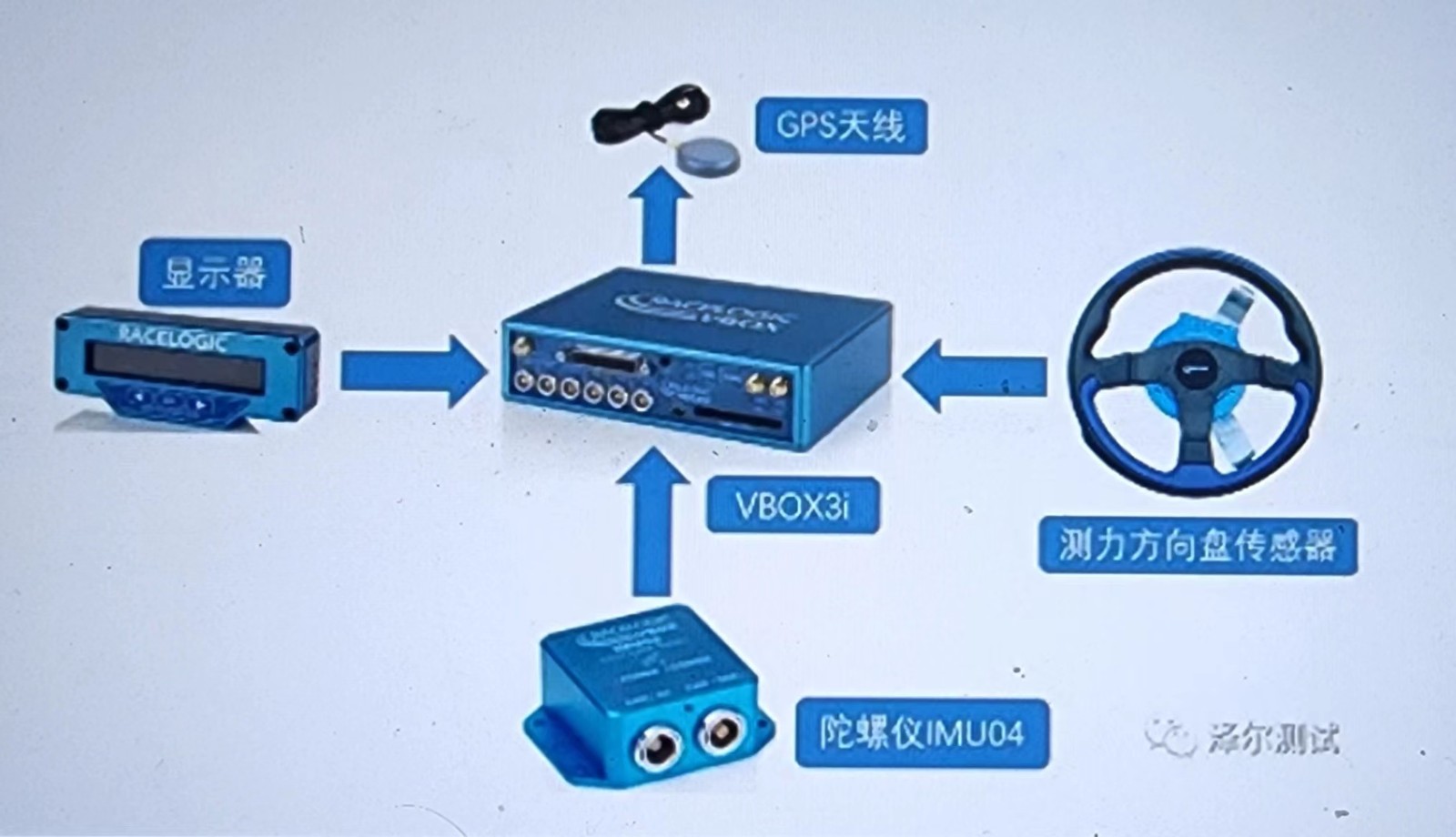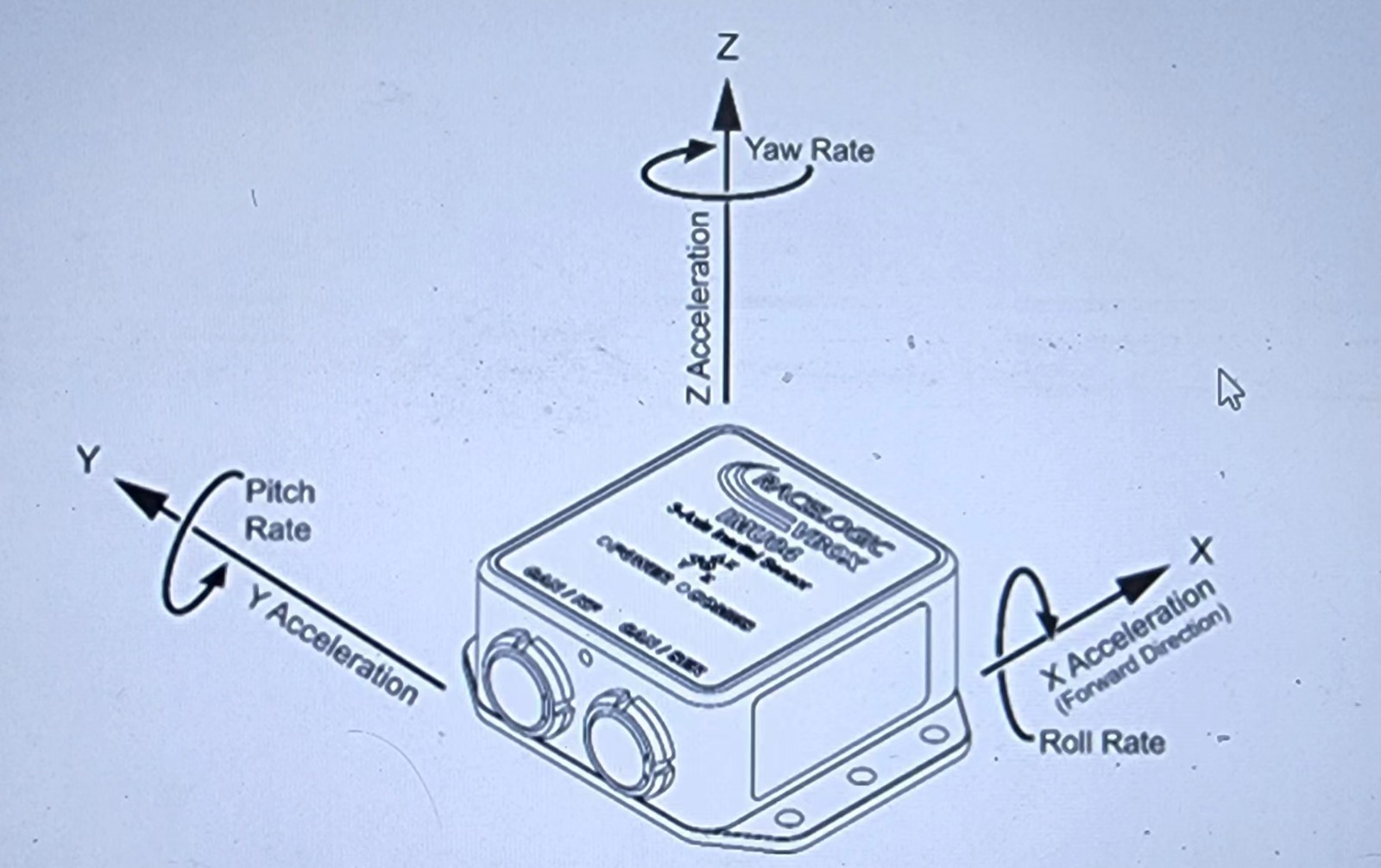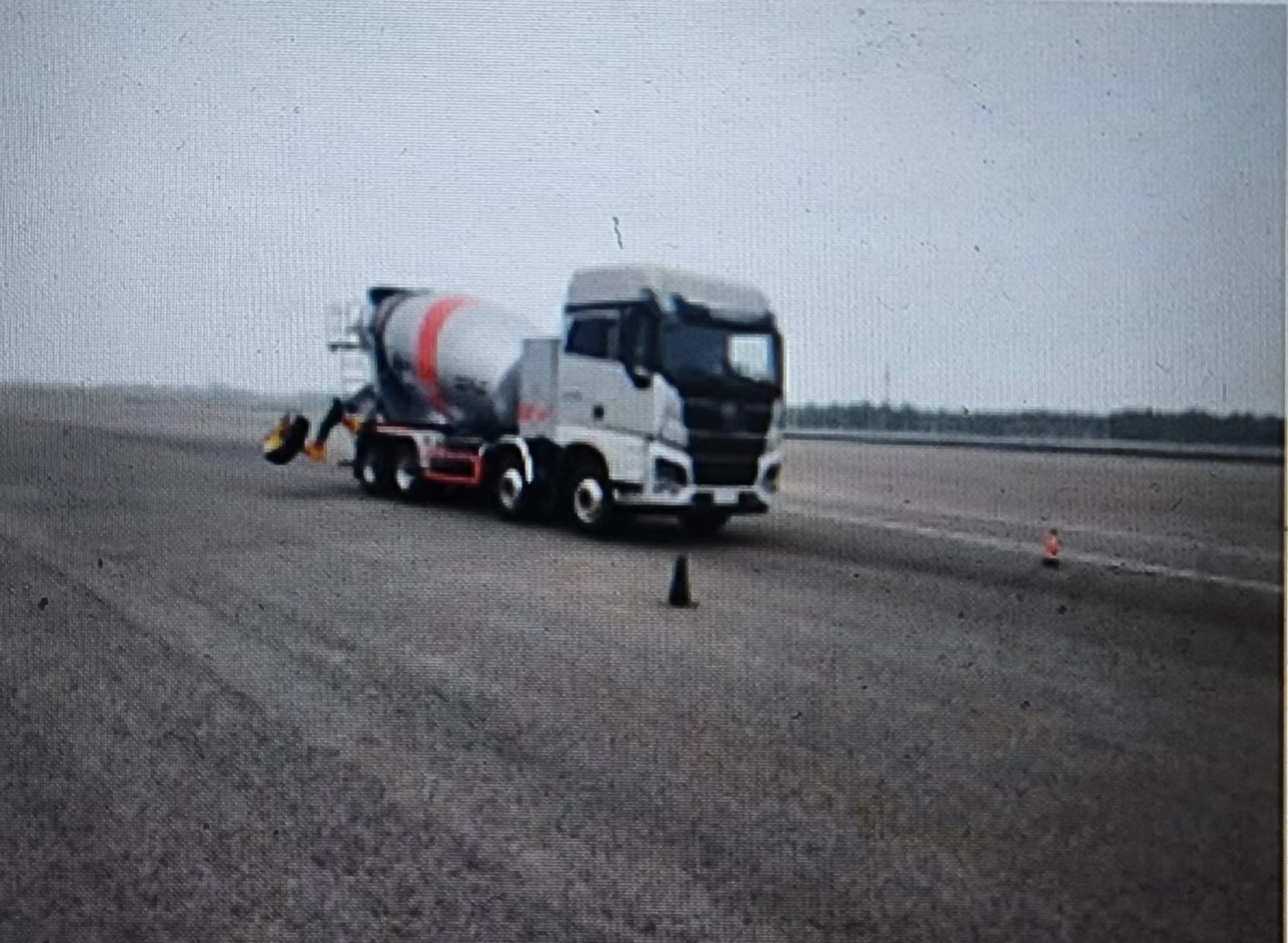Introduction to vehicle laboratory --VBOX3i stability test system
With the development of the times, people's core demand for cars is not only the increase in the number of cars, but also whether the car is smooth and comfortable, whether the energy consumption is energy-saving and environmentally friendly, and especially whether its handling stability meets the needs. As we all know, good operating stability will bring a better driving experience, and can also have a higher guarantee for the life safety of the driver.
In order to meet the handling stability test requirements in the national standard and optimize customer experience, Hunan Motor Vehicle Inspection Technology Co., Ltd. (referred to as "Xiang Auto Inspection") vehicle laboratory uses the handling stability test system based on VBOX3i equipment to carry out tests. Inspectors can use the GPS function built into the system to measure vehicle speed, time, distance, etc., and can also receive signals from gyroscopes and force-measuring steering wheels from different manufacturers, so as to accurately complete the data collection of the stability test.
The system consists of six parts: VBOX3i data collector, GPS antenna, display, gyroscope and force-measuring steering wheel sensor.

VBOX3i data collector
The signals obtained by each sensor are sent to the DSP03 multi-function display, which can provide the driver with all the vehicle data that needs to be monitored during the driving process in real time, and then effectively control the vehicle for testing.
The data collector of the VBOX3iSL model can also provide the data of the pitch angle or roll angle, yaw angle and true sailing angle of the body.
Gyroscope IMU04

It provides the system with the acceleration and angular rate of the three axes of the body, and can also calculate the pitch angle, roll angle and heading angle of the body.
Force steering wheel
Three high-precision measurement parameters, Torque, Angle and Angle Rate of steering wheel rotation, are provided for the system. Through the data collector, the handling stability parameters of the vehicle can be completely obtained.
According to the national standard GB/T 6323-2014 "Vehicle Handling Stability Test Method", Hunan Automobile Inspection and testing personnel can use five test methods to test the handling stability of vehicles:
1. Steady steering characteristic test, that is, the test method of continuous acceleration driving with a fixed steering wheel angle or the method of driving along a curved path with a fixed radius with different fixed vehicle speeds.
2. Steering return performance test, using the yaw rate overshoot, total variance, relative damping coefficient and other indicators to evaluate the car's ability to automatically return to positive and stable driving.
3. Steering light type test, the car is turned at a large angle according to the prescribed curve drawn on the field at low speed, and the steering wheel angle and steering wheel torque are recorded, and the steering lightness is evaluated by the maximum torque of the steering wheel, the maximum force of the steering wheel and the work of the steering wheel. .
4. Steering transient response test (also known as transient steering characteristic test), the steering wheel angle step input method is used to evaluate the transient response characteristics of the vehicle through indicators such as peak response time, or the steering wheel angle pulse input method is used. Frequency, phase-frequency characteristics, etc. to evaluate the frequency response characteristics.
5. Snaking test, the car travels along the prescribed curved path, records the steering wheel angle, yaw rate, body roll angle, travel time through the test section and other parameters, and evaluates the directional stability, accuracy and ease of operation. It is a closed-loop test method that includes the driver.
Through the analysis of the collected data, it can be seen that there are many factors affecting the handling stability of the vehicle, and the most influential factors are concentrated in the driving system, steering system and transmission system. Among them, the main factors affecting the handling stability in the driving system are: front wheel alignment parameters, rear suspension structural parameters and lateral stabilizer bars, tires, front axle or frame deformation, suspension, etc. According to the obtained data, the inspectors can provide car companies with improvement plans for various parameters, so as to optimize the operational stability of the vehicle and ensure the safety of drivers and passengers.
Anti-rollover stability test

Snake test

This article is reproduced from the official account of Hunan Motor Vehicle Inspection Technology Co., Ltd. The article is partially edited. If there is any infringement, please contact to delete it. Customers who need testing and certification are welcome to contact Hunan Automobile Inspection.